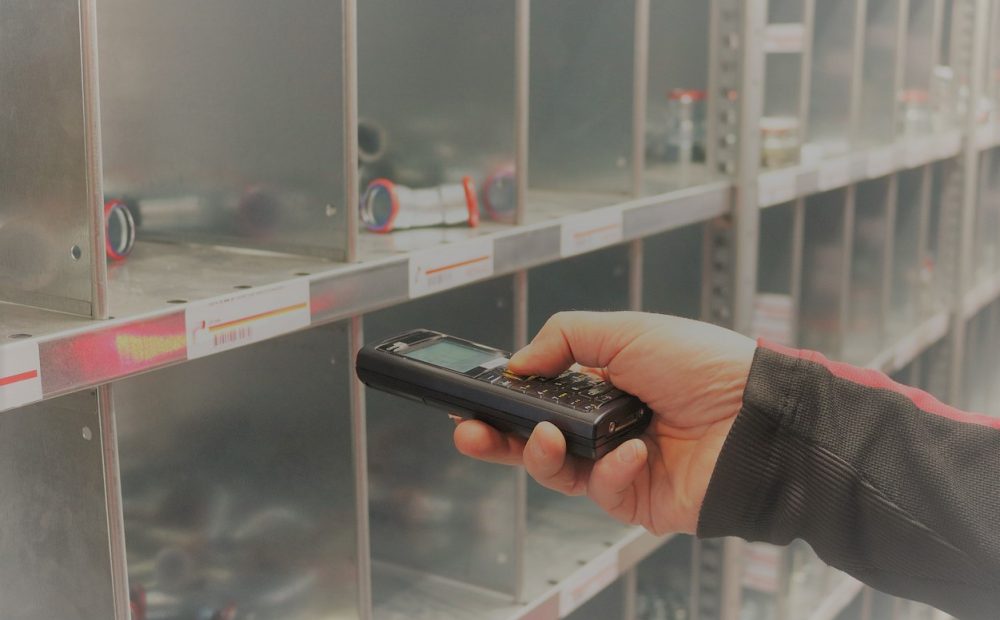
The merits of tracking assets are straightforward, especially if you own a business. Asset tracking gives you a real-time position of all your tracked assets and includes information about the current status of those assets. It can help you plan for maintenance and new purchases for timely replacement. However, there are several other reasons why you should deploy asset tracking strategies.
What Is Asset Tracking?
An asset can be defined as something of value owned by an entity. On the other hand, tracking involves assigning specific tags and labels that can be used to determine the geographical location and status of the asset an any given time. As such, asset tracking refers to the methods used to document different business assets and is just as essential as inventory tracking. Sometimes referred to as asset management, there are various practices that asset owners employ to keep track of their different assets.
Why Asset Tracking?
Reduced Administrative Costs
Asset tracking offers a way to document all assets owned or leased by the company and provides crucial details about each asset, including location, contract, owners, and maintenance history. As a centralized platform, it eliminates the need to employ administrative professionals for manual tracking down of the assets. This eliminates human error and the individuals that track assets can be deployed to focus on other crucial responsibilities.
Accountability And Accuracy
Asset tracking will give you accurate information about every asset’s current status, including its maintenance history. This can help you prevent costly losses and hold employees accountable for any mishandling of company assets. It provides hard facts about the assets, thus eliminating guesswork and complacency among those responsible for using and maintaining the assets.
Planning Future Growth
Without proper asset tracking, it won’t be easy to scale a business for long term growth. Manual monitoring is inefficient and time-consuming, so you need a centralized platform that can maintain accurate records about each asset’s status. You can view reports and set reminders to ensure seamless business operations, asset maintenance, and replacements.
Other benefits of asset tracking include:
How can you track your assets?
There are various methods asset managers use for tracking. Most revolve around labeling the asset with a unique ID, such as an RFID, bar code, or any unique code. Here are some insights to help you craft a practical asset tracking framework.
Identify what you should track
You can track several assets, including HVAC equipment, computers, and printers, lighting, signs, carpets, manufacturing equipment, break room appliances, IT equipment, safety equipment, software licenses, and more.
Determine reporting functionality
This involves choosing effective methods of reporting asset status and any vital information required for future planning. It is essential to select a reporting system that fits your company and customize it for quick assessment.
Assign responsibility
Every asset should have someone in charge of maintenance and ensuring proper working conditions. As such, you need to assign those responsibilities to improve accountability. Consider how mobile you are and find tools that can track assets on the go.
Use full-featured tracking software
You can track assets by location, type, assignment, and contract details. Whether you choose bar codes and scanners or another method, make sure you have unique identifications for all assets. The tracking tools should allow real-time asset tracking, seamless reporting, and communication functions.
As you can see, tracking company assets is inevitable if you want to avoid costly losses and complacency among employees. However, it is essential to identify reliable tracking and management devices that can provide accurate information about each asset in real-time. Make sure you choose secure tools with a growing reputation in the market.
